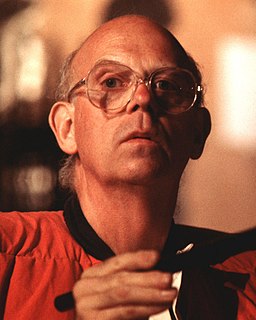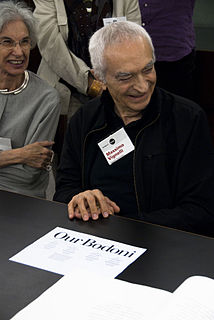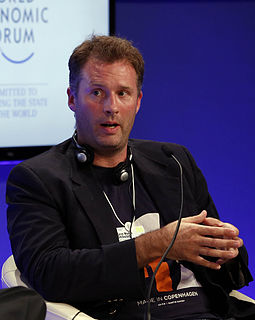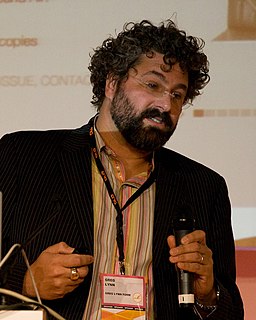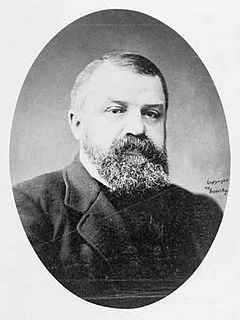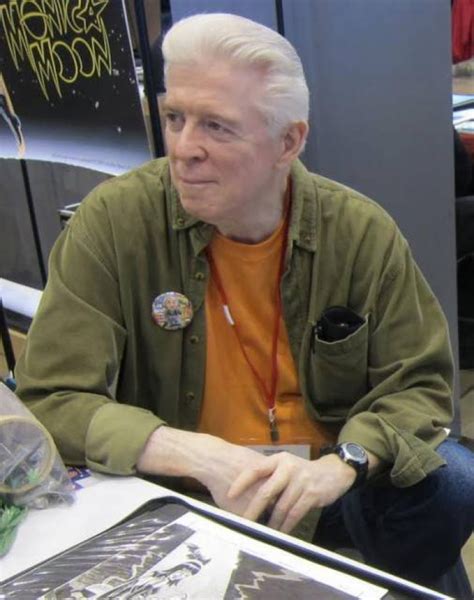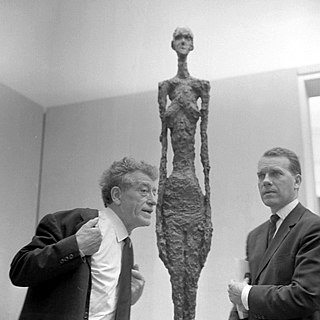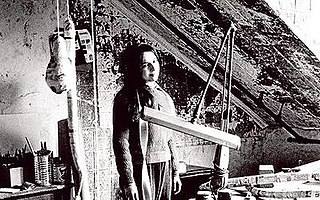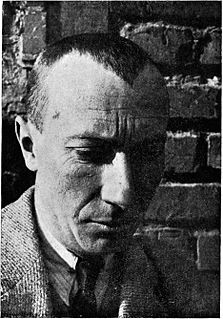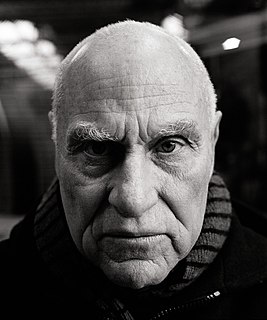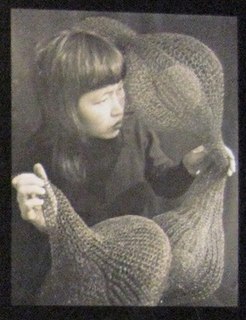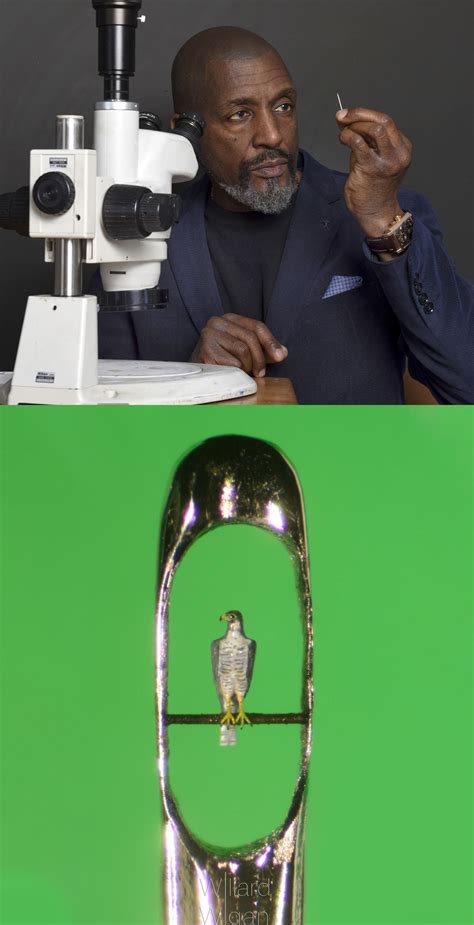A Quote by Claes Oldenburg
'Clothespin' was the first city monument on a large scale that could compete with the architecture around it.
Quote Topics
Related Quotes
Scale is a mental - you can say that a lounger has scale, a building has scale, or an object has scale, or a page, or whatever if it's just right. A scale is a relationship to the object and the space surrounding it. And that dialogue could be music, or it could be just noise. And that is why it is so important, the sense of scale.
The most remarkable feature about the magnitude scale was that it worked at all and that it could be extended on a worldwide basis. It was originally envisaged as a rather rough-and-ready procedure by which we could grade earthquakes. We would have been happy if we could have assigned just three categories, large, medium, and small; the point is, we wanted to avoid personal judgments. It actually turned out to be quite a finely tuned scale.
To go back to architecture, what's organic about architecture as a field, unlike product design, is this whole issue of holism and of monumentality is really our realm. Like, we have to design things which are coherent as a single object, but also break down into small rooms and have an identity of both the big scale and the small scale.
To go back to architecture, whats organic about architecture as a field, unlike product design, is this whole issue of holism and of monumentality is really our realm. Like, we have to design things which are coherent as a single object, but also break down into small rooms and have an identity of both the big scale and the small scale.
I do think the smaller-scale studio works have that incredible love of data crunching, whereas I would say the large-scale earthworks tend to be much more stripped-down. With the mappings, as connected as they are to a much more analytical idea, what's a map? And can I make a map about time? I think the first time was Hurricane Sandy, the flood plane; a moment in time, but indelibly marked on any of us who were in the city. Mapping time is something that I'm really interested in.
